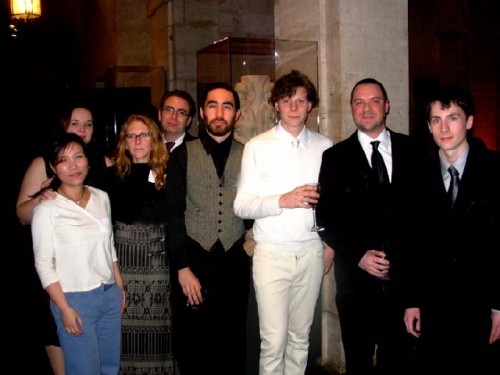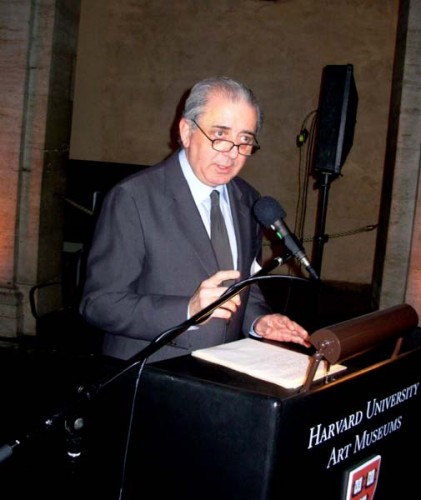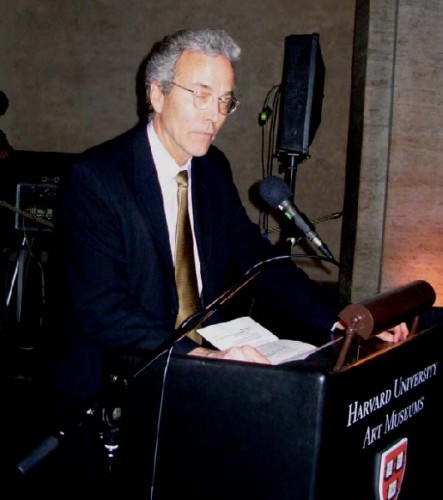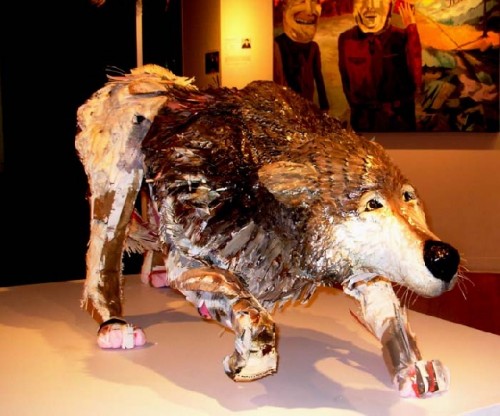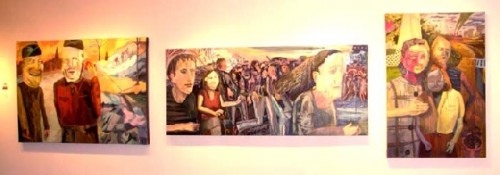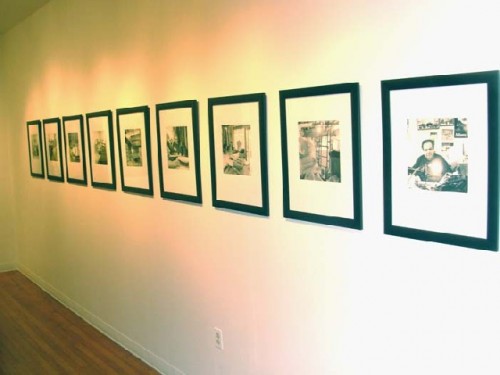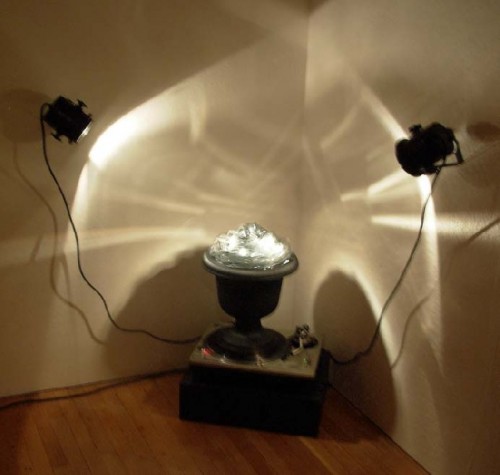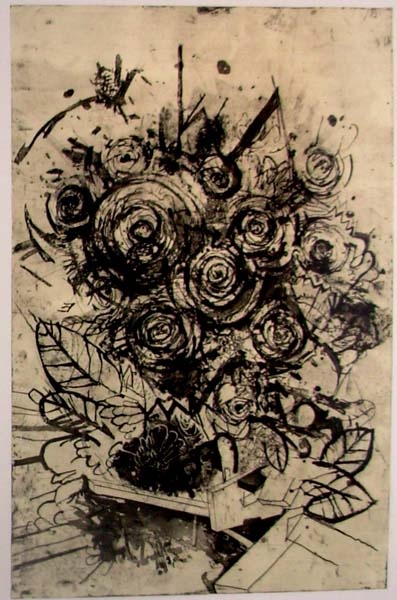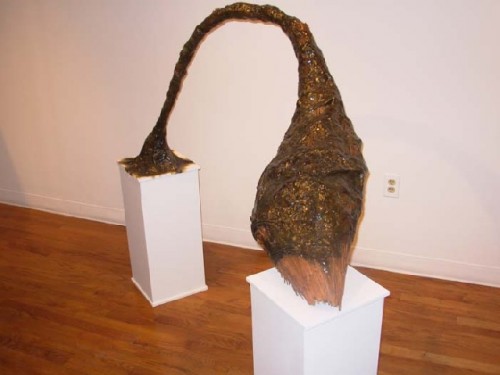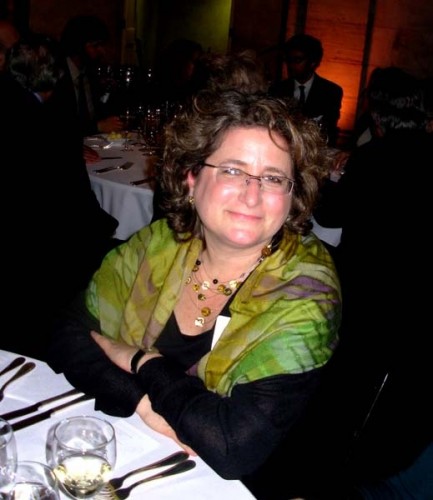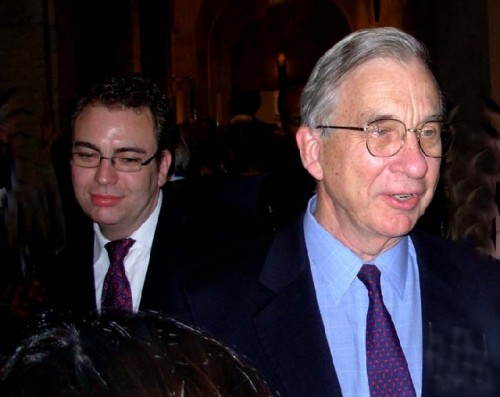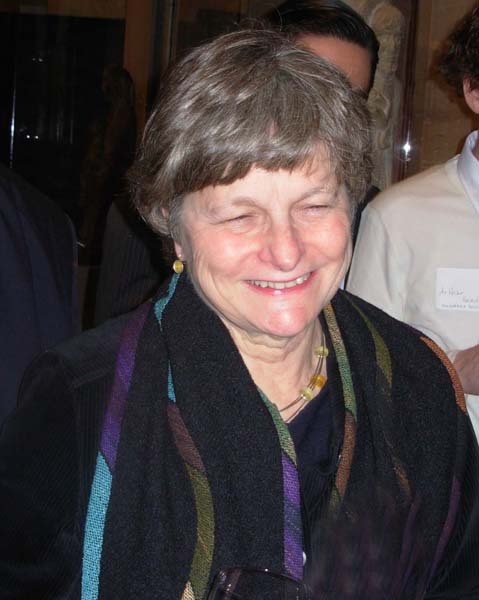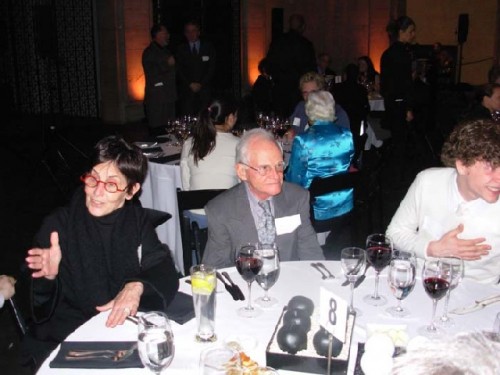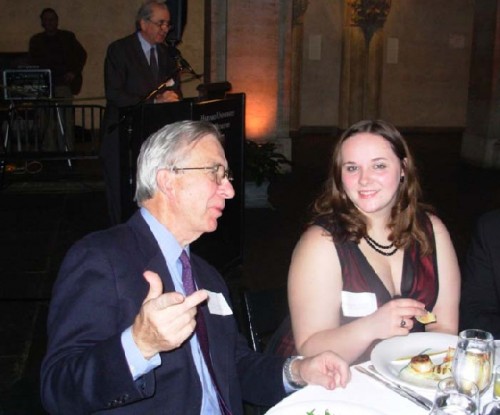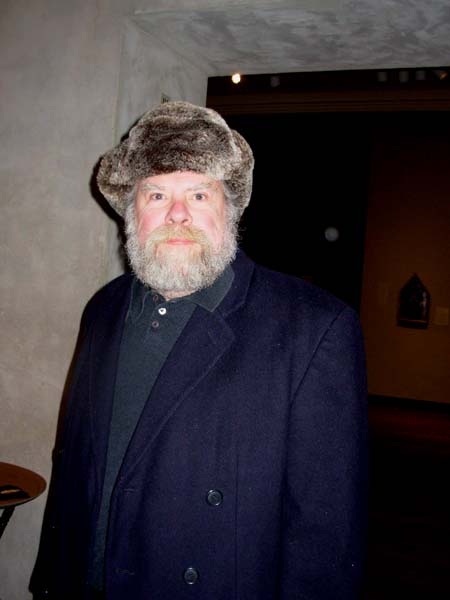The 2006 Stephen D. Paine Scholarship
New England School of Art & Design at Suffolk University Again Hosts Awards Exhibition.
By: Charles Giuliano - Jan 23, 2007
Paine Scholarship ExhibitionJanuary 16 through February 9
Vernissage: Thursday, January 25,
Jurors: Theodore E. Stebbins, Jr. and Virginia Anderson Curator: James Manning
Winners: Corey Corcoran and Sharlene M. Ickes Finalists: William Eddy, Brian Halligan, Arthur Henderson, Cody Hoyt, Julia A. Larsen, and Rui Wang.
Boston is renowned for its many educational institutions and a significant number of these colleges and universities offer degree programs in the fine arts. There are also a number of institutions dedicated to studio art including the School of the
Many of the graduates of these programs will go on to earn graduate degrees and aspire to join galleries pursuing careers as exhibiting artists. To support and recognize this vast and important mandate to train artists the Boston Art Dealers Association (BADA), which was formed in 1989, decided, in 1997, to establish an annual scholarship competition open to all undergraduates in their junior year of study. It was named in memory of a great patron and collector of contemporary art, Stephen D. Paine.
Last fall Theodore E. Stebbins, Jr. and Virginian Anderson of the Department of American Art at the
The two finalists each receive $4,000 to apply to their work during the senior year of study. It is hoped that the amount of the award will be increased next year and that the finalists will each be given $500. To raise money for the awards BADA recently hosted an elegant dinner, at $250 per plate, in the court yard of the venerable Fogg Art Museum of Harvard University. It was a great and festive evening with many of the dealers present as well as all of the very excited Paine winners and finalists.
Art dealer, Arthur Dion, the president of BADA, presided at the podium and introduced Thomas W. Lentz, the director of the Harvard University Art Museums who greeted the honored guests and induced Stebbins to make some remarks on the process of judging this year's scholarship competition. When Dion returned to conclude this aspect of the evening's program he announced there was an "open mike" for anyone who cared to add to the remarks. After a moment of hesitation Corey Corcoran bravely approached and offered comments on what winning the award meant to him. Having broken the ice, quite spontaneously, all of the young artists approached and spoke briefly. The audience thoroughly enjoyed this unrehearsed aspect of the celebration.
Last year on short notice Dion approached me about hosting the awards exhibition in my program for the
Starting early last fall when the artists were selected by Stebbins and Anderson, Manning began to work individually with the artists to plan for their installations. Because the show was moved to January all of the artists will participate in the opening and the exhibition will offer far more exposure to the arts community. Because it is early in the second semester, Audrey Goldstein, chair of the fine arts department, has been generous in providing an adjoining studio area allowing us to double the normal space for exhibitions. The result of this is that all eight artists have been given space to adequately install their work.
The resultant exhibition is just what one would hope for an eclectic mix of media and styles that is fresh, edgy and sure to induce lively feedback and dialogue. Manning is a particularly committed curator when it comes to working with students and emerging artists. In that regard he was recently described by Big Red and Shiny, a lively web site, as an "art star and celebrity" in a review of a show he curated for the Mills Gallery of the
When it comes to looking at and dealing with very young artists I tend to feel my age. Frankly I am more comfortable dealing with peers and mid career artists. I defer to Jim and other curators who have more of a feeling for raw work. Which is why, in developing a balanced exhibition program, Jim and I work off of each other. He brings fresh eyes and a vision I trust to the work of emerging artists. In that sense he is one of the best spotters and scouts in the city. Smart gallerists and collectors should pay more attention to his picks. Me, hey, like Rodney Dangerfield, I get no respect. But in my own way I try to zig where others might zag and look for edgy, difficult, rewarding work that strikes me as underappreciated and worthy of critical attention.
So do, by all means, fall by the gig and eyeball the work. Oh yeah, bring your checkbook. The work is still cheap and the artists can use the money.

